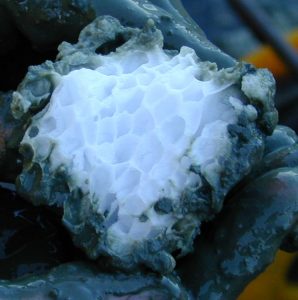
The Confounding Simplicity of Coastal Carbon
What do a Florida mangrove swamp, a Connecticut cattail-lined salt marsh, and an Oregon tidal freshwater forest all have in common? Sure, that funky low-tide

What do a Florida mangrove swamp, a Connecticut cattail-lined salt marsh, and an Oregon tidal freshwater forest all have in common? Sure, that funky low-tide

Tabetha’s star uses the power of citizen science to solve new astronomical mysteries.

An Extraterrestrial Submarine On a moon of Saturn called Titan, a dragonfly hovers over the equator, while a turtle ripples the surface of Kraken Mare,

“Bridgmanite” is hardly a household name. And yet, bridgmanite is likely the most abundant mineral on Earth, composing much of the mantle, the thickest layer of our planet. This mineral may provide clues into how the solid Earth—and its atmosphere—has evolved over its long history.

Researchers have linked massive pits in the Arctic seafloor to the global thawing that occurred the end of the last glacial period: a discovery that may have potential implications for modern climate change.
Most of us are familiar with the Earth’s magnetic field as the invisible force directing our compasses to the north. But if you took a